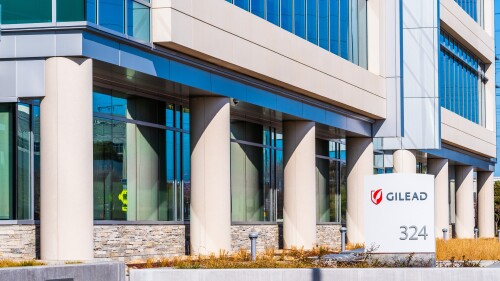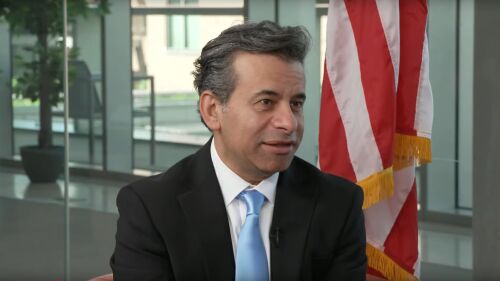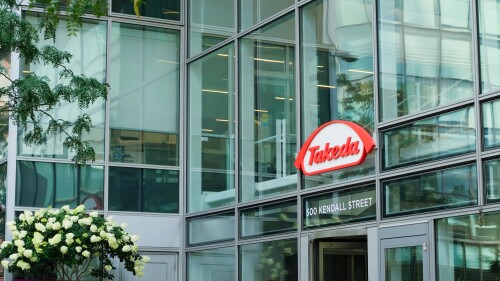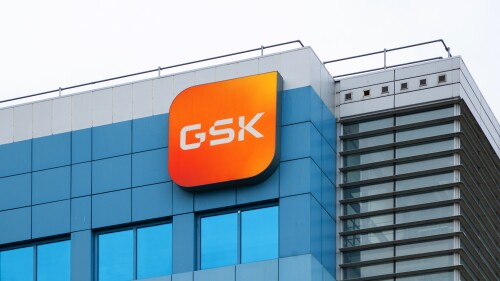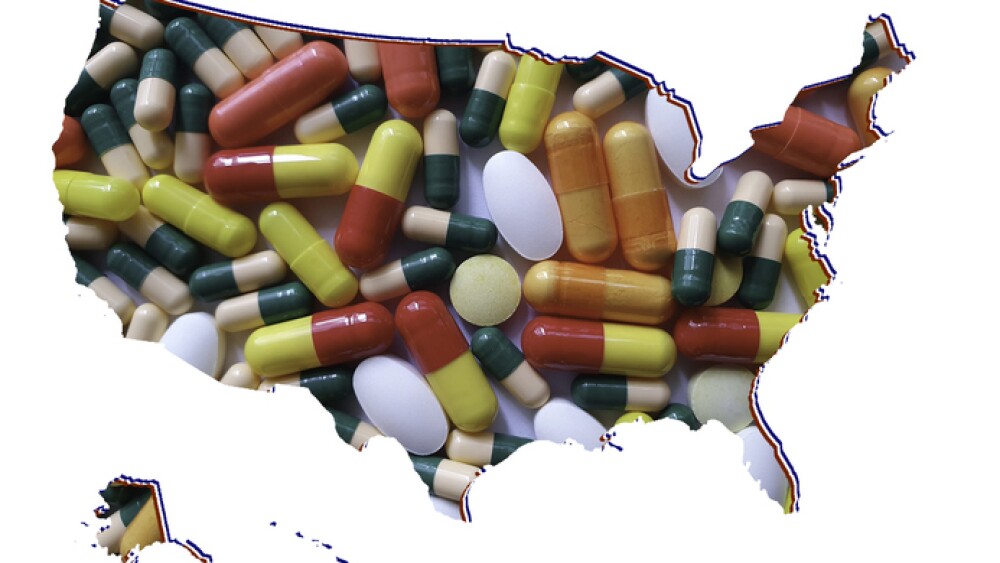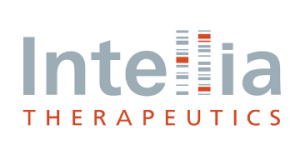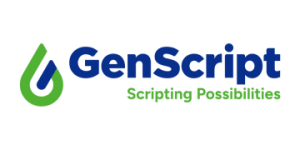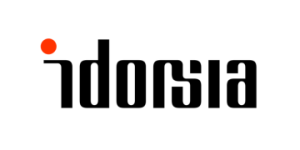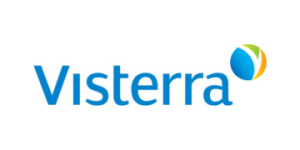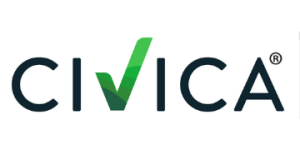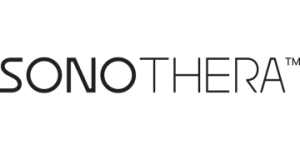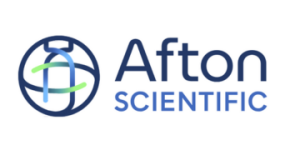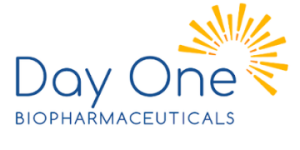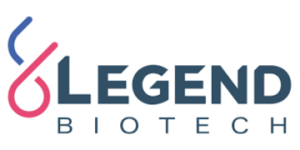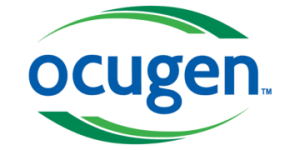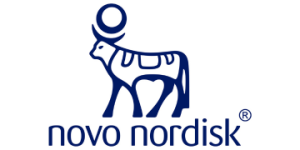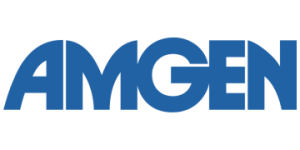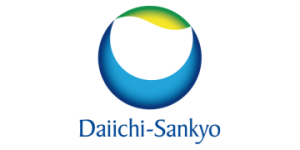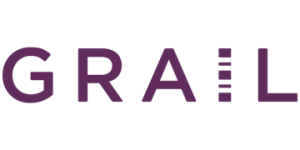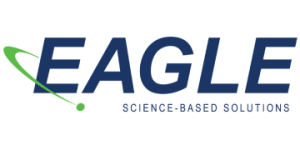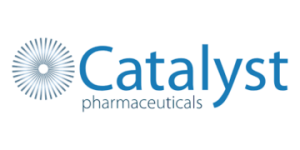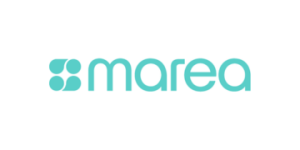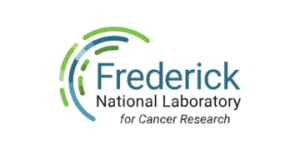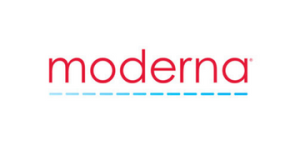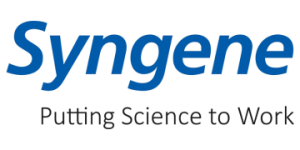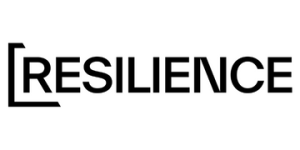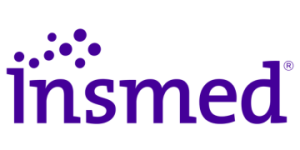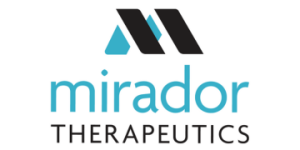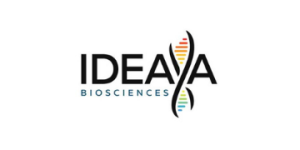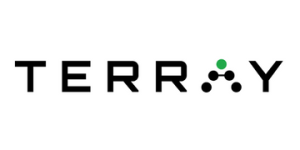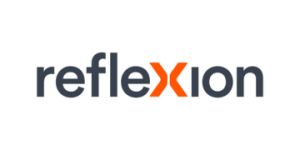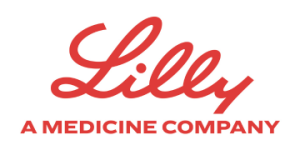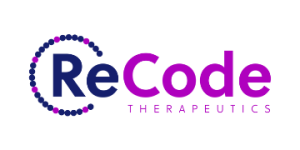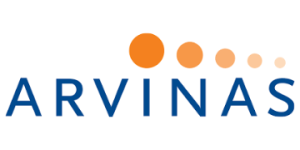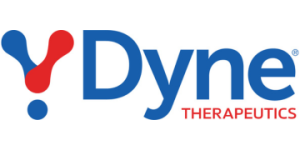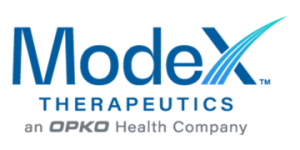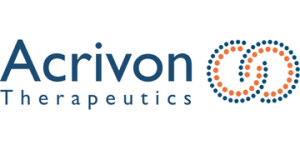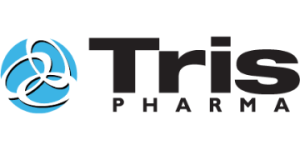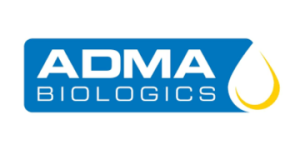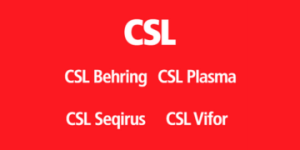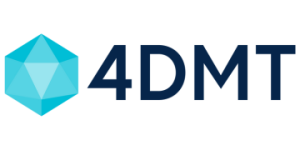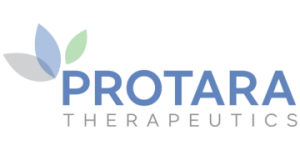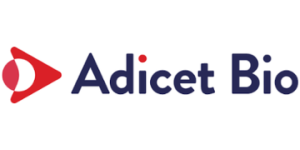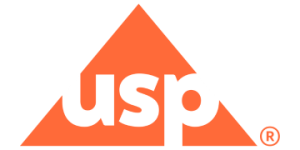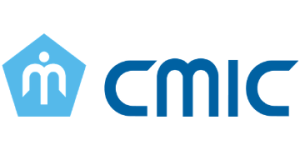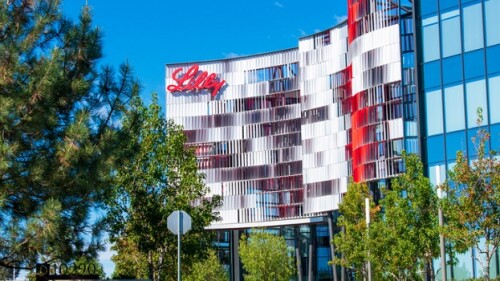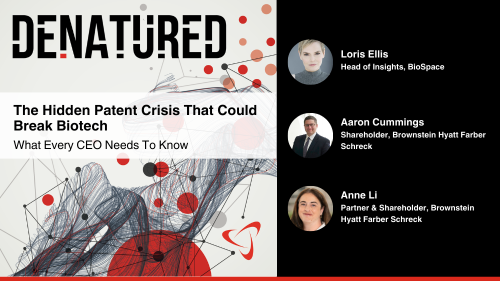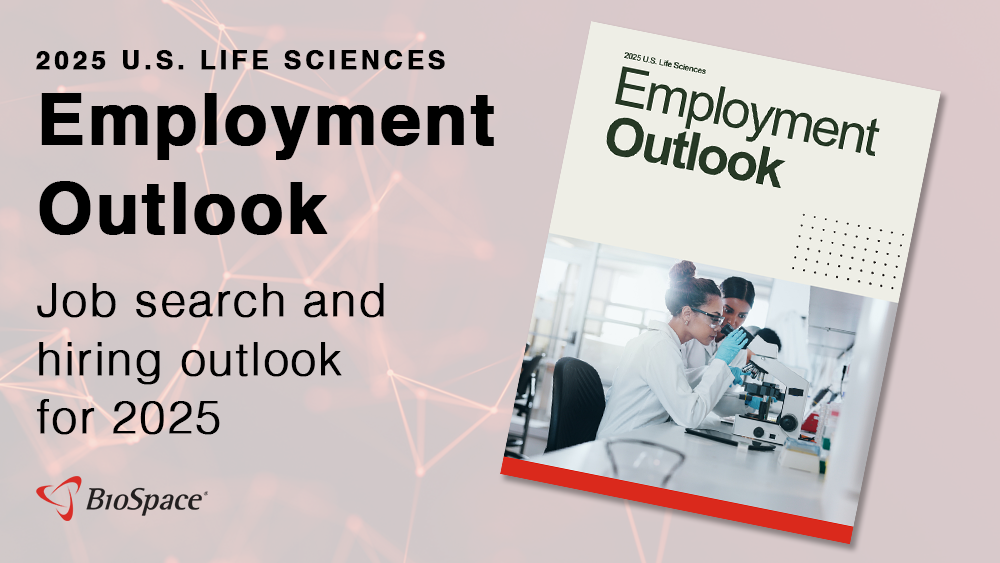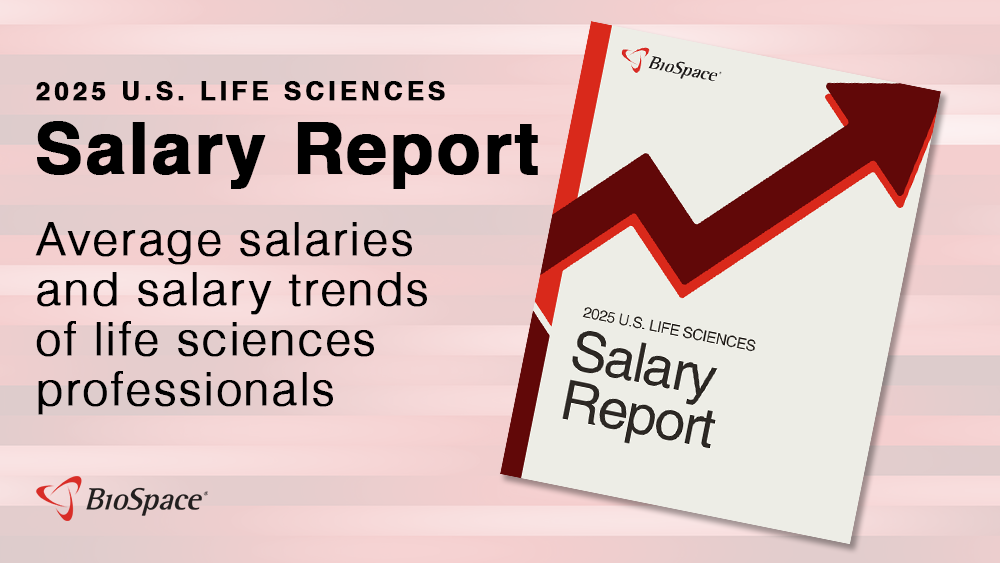A source familiar with the matter said the White House initially requested the resignation of Sanjula Jain-Nagpal, a policy and research official at the FDA.
The regulator has received reports that a group of patients treated with Adzynma had neutralizing antibodies against the protein the therapy replaces.
After revoking Sarepta’s award in July and awarding one to Krystal last month, the FDA’s platform technology designation program appears to be back on track. These six biotechs could be on the regulator’s radar.
While expressing disappointment, William Blair analysts were unsurprised by the Phase II failure, having assigned the VISTA study a high level of risk given the “mixed” performance of a similar drug in a prior multiple sclerosis study.
After GSK subsidiary Tesaro filed a lawsuit Thursday claiming that AnaptysBio breached “certain requirements” under their 2014 license agreement involving GSK’s Jemperli, Anaptys responded Friday morning.
Amid an aggressive savings push, Moderna has cut three assets and taken on a loan to increase “flexibility.”
FEATURED STORIES
Some observers see risks to becoming over-reliant on local facilities, noting the potential need for trade partners if domestic production is disrupted.
While Eli Lilly’s orforglipron is top of mind heading into the European Association for the Study of Diabetes meeting this week, experts told BioSpace the conference will also provide important insights into the therapeutic benefits of incretin therapies beyond weight loss.
After decades without much movement, a handful of new treatments for this rare autoimmune disease are now approved, and several companies, including argenx and Regeneron, have recently released promising late-stage trial results.
On the FDA’s docket for the back half of September is Merck’s proposed subcutaneous formulation of its blockbuster cancer drug Keytruda.
As Novo Nordisk cuts 9,000 people from its organization in a restructuring effort, BioSpace looks back on the Danish pharma company’s rise.
Suddenly one obesity asset has come to define Amgen but executives see a fuller portfolio that will bring the big biotech into the future.
LATEST PODCASTS
In this episode presented by IQVIA, BioSpace’s head of insights Lori Ellis discusses the importance of target product profiles, particularly when navigating funding challenges, with Ian Fisher, head of development analytics.
China continues to be a source of innovation as Pfizer strikes biggest pact yet; HHS provides more info on Trump’s Most Favored Nation executive order; FDA Commissioner Marty Makary and CBER director Vinay Prasad reveal new COVID-19 vaccine strategy following Novavax approval; ODAC underway after chaotic planning; more.
President Donald Trump unwrapped a massive drug pricing policy as CMS prepares for the next round of Medicare drug price negotiations; Vinay Prasad to take the helm at the FDA’s Center for Biologics Evaluation and Research; Bayer cuts 2,000 more employees; Eli Lilly’s Zepbound scores again; and the Galapagos story turns again.
Job Trends
Aadi Bioscience expects that pipeline adjustments and the workforce reduction will extend its cash runway into at least the second half of 2026.
Subscribe to GenePool
Subscribe to BioSpace’s flagship publication including top headlines, special editions and life sciences’ most important breaking news
SPECIAL EDITIONS
In this deep dive, BioSpace investigates China’s rise as a biotech powerhouse.
In this deep dive, BioSpace explores the next big thing in obesity.
BioSpace did a deep dive into biopharma female executives who navigated difficult markets to lead their companies to high-value exits.
DEALS
-
Leading companies spent $1.4 billion upfront on licensing deals and embarked on vast R&D programs. Clinical setbacks mean many companies are unlikely to ever recoup their investments.
-
In May, Revolution Medicines projected its cash and equivalents of $2.1 billion would last into the second half of 2027. With new funding from Royalty Pharma, the biotech has withdrawn that runway end date.
-
On the sidelines of BIO2025, Julie Gilmore, head of Lilly Gateway Labs, shares her thoughts on the $1.3 billion Verve Therapeutics buy, where Lilly’s therapeutic puck is potentially going and how the company is leveraging its unprecedented success in obesity to support young biotechs.
-
BioNTech said in 2022 that it faced “threats of a groundless patent infringement suit” from a company that was “unable to bring to market any product to help in the fight against COVID-19.” Now, the mRNA biotech is buying that very company.
-
Sanofi paid a more than 300% premium on its acquisition of Vigil Neuroscience, suggesting a fierce battle to seal the deal. Across biopharma, companies are sometimes willing to put it all on the line for the right buyout. Novartis’ recent acquisition of Regulus for $800 million upfront provides a case study.
WEIGHT LOSS
-
Terns, once a rising star in obesity and the MASH space, will refocus on cancer and partner out a handful of obesity assets.
-
Maziar Mike Doustdar, who was named as Novo Nordisk’s new CEO last week, spoke on a second quarter earnings call of reallocating resources to the company’s “main core” of metabolic disease.
-
George Tidmarsh takes over temporarily at CBER following Vinay Prasad’s abrupt departure; Replimmune trial leaders protest rejection reportedly driven by FDA’s top cancer regulator Richard Pazdur; Merck’s $3 billion savings push claims 6,000 jobs; and Pfizer CEO Albert Bourla addresses President Donald Trump’s new threats around Most Favored Nation drug pricing.
-
Earlier this year, the Centers for Medicare and Medicaid Services scrapped a previous proposal, from the Biden administration, to include anti-obesity medications in Medicare Part D coverage.
-
Roche obtained CT-173, a PYY mimetic, in its $2.7 billion acquisition of Carmot Therapeutics in December 2023. The company reported the change in its second quarter earnings call.
POLICY
-
As Trump has pressured drugmakers to lower the cost of medicines in the U.S., the pharma industry has coalesced behind a message of rebalancing what nations pay to better reflect the innovation and value of drugmaking.
-
The HHS secretary recently canceled $500 million worth of BARDA contracts around mRNA vaccine research. But the U.S. government has already spent billions on this work, which has saved millions of lives.
-
Citing other priorities—such as the upcoming U.S.-Russia summit—four anonymous sources claim that pharma tariffs could still be weeks away, according to Reuters.
-
In this episode of Denatured, BioSpace’s head of insights Lori Ellis discusses the ‘enormous implications’ of patent policy changes with Aaron Cummings and Anne Li of Brownstein Hyatt Farber Schreck.
-
Alastair Thomson, chief data officer at the HHS sub-agency, announced his resignation in opposition to Health Secretary Robert F. Kennedy Jr.'s “stupid” decision to cancel $500 million worth of contracts focused on mRNA technology.
There are several ways you can maintain a good working relationship with your boss, starting with learning your manager’s work style, preferences and priorities.
To avoid overextending yourself and harming your work-life balance, how should you set and maintain boundaries at work?
Join us in this discussion on how you can optimize your chances of landing a new role despite a highly competitive job market.
BioSpace spoke to HR leaders about how they have been supporting companies navigating a challenging economy while meeting the needs of the workforces they support.
Politics can be a touchy subject, especially during a presidential election year. How should you engage in political discussions at work?
A string of rejections prompt some to look beyond research roles in the biopharma industry as they seek to launch a career.
HOTBEDS
REPORTS
In this Employment Outlook report, BioSpace explores current workforce sentiment, job activity trends and the prospective job and hiring outlook for 2025, particularly as it compares to the previous year.
BioSpace’s third report on diversity, equity, inclusion and belonging in life sciences examines dramatic shifts in attitude around diversity initiatives.
CANCER
-
Roche and Genentech were unable to sufficiently demonstrate the benefit of using Columvi in an earlier treatment setting for DLBCL in a U.S. population, according to the FDA.
-
The panelists flagged safety concerns with Blenrep and GSK’s failure to optimize its dosing regimen for the antibody-drug conjugate in multiple myeloma.
-
Johnson & Johnson’s $23.7 billion in second-quarter earnings, driven by cancer and neuroscience drugs, exceeded analyst expectations, while CEO Joaquin Duato set a target of $50 billion in oncology sales by 2030.
-
In advance of this week’s adcomm, the FDA flags ocular toxicities associated with the antibody-drug conjugate, which received accelerated approval in August 2020 but was pulled from the market two years later after a confirmatory trial failed to improve progression-free survival.
-
Shanghai-based LaNova Medicines—which has captured the attention of some of the biggest Western pharmas—will be folded into fellow Chinese company Sino Biopharmaceutical in a deal worth up to $951 million.
NEUROSCIENCE
-
Acknowledging the limits of disease-modifying drugs like Leqembi and Kisunla, companies like Bristol Myers Squibb, Acadia, Otsuka and Lundbeck are renewing a decades-old search for symptomatic treatments, including in high-profile drugs like Cobenfy.
-
These five upcoming data drops could usher in more effective and convenient therapies for Alzheimer’s disease and open up novel pathways of action to treat the memory-robbing illness.
-
Second-quarter earnings come amid many high-level challenges for the biopharma industry. How will these five closely watched biotechs fare?
-
A retrospective cohort study found that semaglutide and tirzepatide are linked with significantly lower risks of dementia and stroke, hinting at potential neuroprotective effects of GLP-1 therapies.
-
Sarepta Therapeutics faces serious FDA action after news broke of a third patient death, the FDA gets a new top drug regulator in George Tidmarsh, a handful of new drugs get turned away from the market and pharma companies continue to commit billions to reshoring manufacturing.
CELL AND GENE THERAPY
-
The high court sides with HHS on HIV PrEP drugs; Health Secretary RFK Jr.’s newly appointed CDC vaccine advisors discuss thimerosal in flu vaccines, skip vote on Moderna’s mRNA-based RSV vaccine; FDA removes CAR T guardrails; AbbVie snaps up Capstan for $1.2B to end first half; and psychedelics take off again with data from Compass and Beckley.
-
Cell and gene therapy leaders say the agency’s decision to remove the Risk Evaluation and Mitigation Strategies that had been attached to approved CAR T cancer therapies reflects “thoughtful consideration of real-world evidence” and “regulatory trust.”
-
The pivotal trial for Neurogene’s Rett syndrome gene therapy makes use of baseline controls and a rigorous endpoint that could help ensure a broader label for the drug product, if approved, according to analysts.
-
The all-cash buyout, which gives AbbVie access to Capstan Therapeutics’ in vivo edited CAR T therapy for B cell–mediated autoimmune diseases, adds to a growing sense of momentum in M&A, according to BMO Capital Markets.
-
Changing how biopharmas package their products, how regulators review new drugs and how mutated genes are fixed could make ultrarare disease treatments possible.


